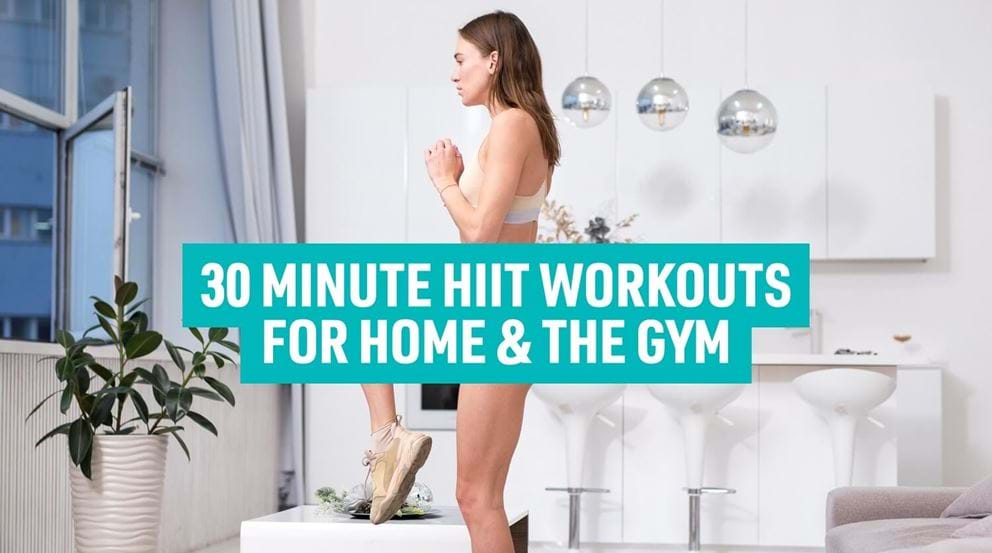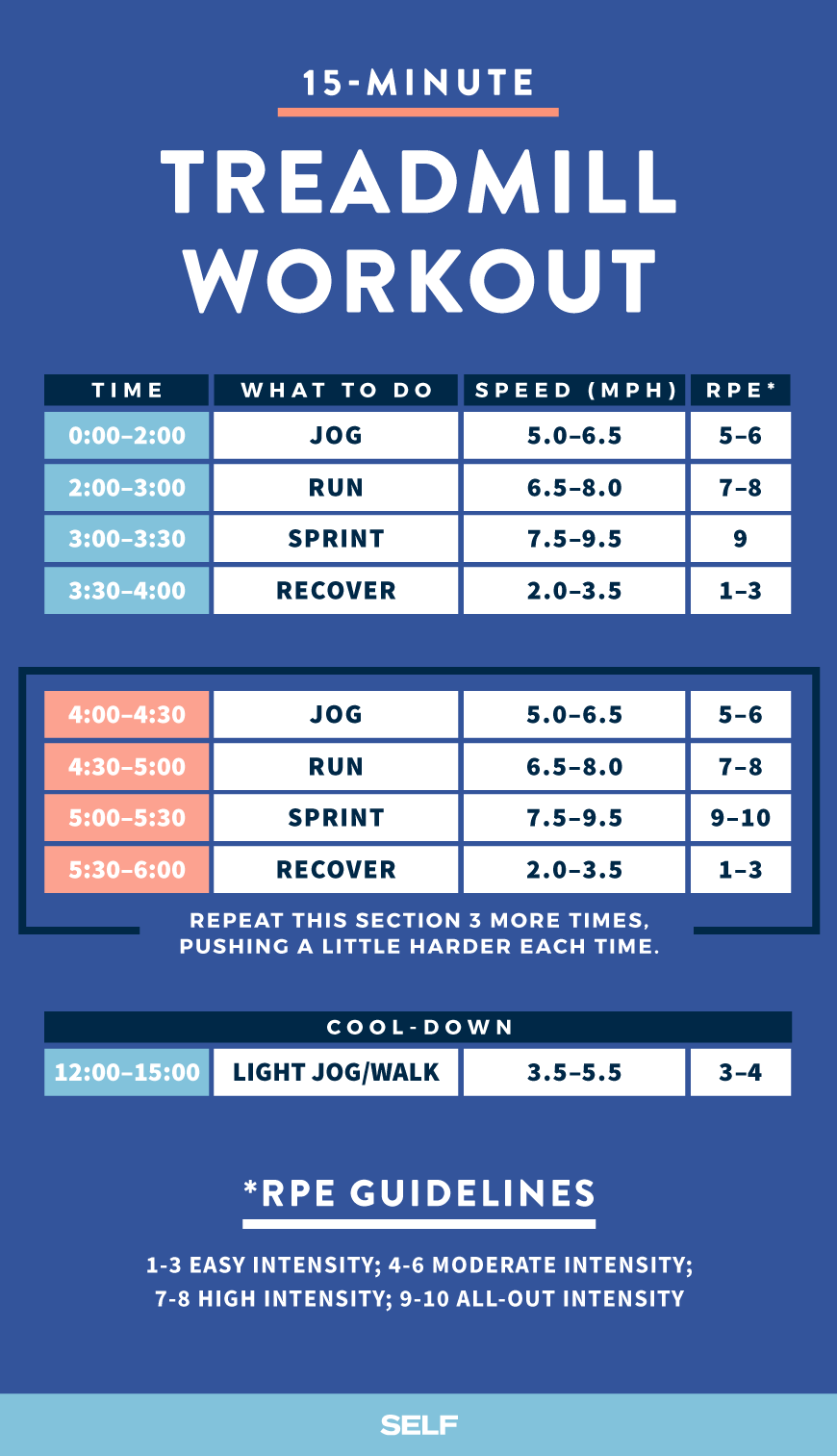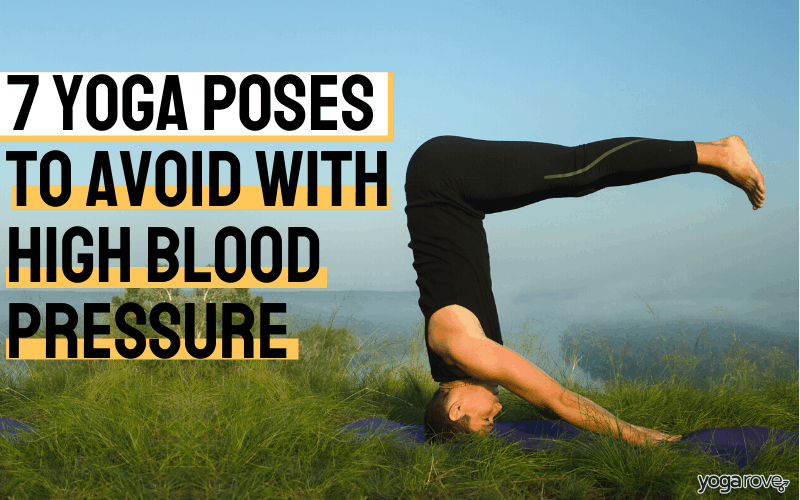A 30-minute workout can be highly effective if structured properly. Efficiency in exercise hinges on intensity and consistency.
Engaging in a 30-minute workout can yield significant health benefits, especially when it’s done regularly and with enough intensity to challenge the body. Short workouts are ideal for those with busy schedules, allowing for flexibility and adherence to fitness goals without the need for lengthy gym sessions.
These sessions can include high-intensity interval training (HIIT), strength training, or a blend of cardio and resistance exercises to maximize calorie burn and muscle engagement. By focusing on compound movements and minimal rest periods, a half-hour routine can rival the effectiveness of longer workouts. Emphasizing quality over quantity ensures that even brief workouts contribute to improved cardiovascular health, muscle development, and fat loss. It’s crucial to tailor the workout to individual fitness levels to maintain safety and maximize benefits.
The Power Of Half An Hour
Can a 30-minute workout be effective? Many people believe a good workout requires hours at the gym. This is a myth. In fact, 30 minutes is all it takes to create a highly effective workout. With the right exercises, half an hour can transform fitness levels, improve health, and boost energy. Let’s explore how.
Time Constraints And Fitness
Finding time for the gym can be tough. Work, family, and life’s surprises often take priority. Yet, 30 minutes of exercise can fit into even the busiest schedule. It’s not about having time; it’s about making time. A short workout is better than none.
- Set realistic goals: Aim for 30 minutes, five days a week.
- Plan ahead: Schedule workouts as you would any important appointment.
- Be efficient: Choose workouts that target multiple muscle groups.
Quality Over Quantity
The effectiveness of a workout does not solely depend on its length. Quality trumps quantity every time. Focus on intensity and form during those 30 minutes. Each movement should be deliberate and challenging.
| Exercise Type | Benefits |
|---|---|
| High-Intensity Interval Training (HIIT) | Burns calories, boosts metabolism |
| Strength Training | Builds muscle, increases strength |
| Yoga/Pilates | Improves flexibility, reduces stress |
Combine different types of exercises to keep the body guessing. Change routines often. This prevents plateaus and keeps workouts exciting.
Anatomy Of A 30 Minute Workout
The Anatomy of a 30 Minute Workout is crucial. It determines the workout’s effectiveness. A well-structured short workout can rival longer sessions. This approach saves time and sustains motivation. Let’s break down the essential elements.
Balancing Intensity And Rest
In a 30-minute workout, balance is key. High intensity pushes the body. Rest allows for recovery. This combination maximizes calorie burn and muscle building. Aim for short bursts of effort followed by brief rest periods.
- High-Intensity Interval Training (HIIT) is a good model. It alternates intense exercises with short breaks.
- Tabata is another method. It uses 20 seconds of hard work and 10 seconds of rest.
Incorporating Diverse Exercises
Variety in exercise types prevents boredom. It challenges different muscles. A good mix includes cardio, strength, and flexibility. Change the sequence to keep workouts fresh and engaging.
| Exercise Type | Benefits |
|---|---|
| Cardio | Boosts heart health, burns fat |
| Strength | Builds muscle, enhances metabolism |
| Flexibility | Improves mobility, reduces injury risk |
Include bodyweight exercises like push-ups and squats. These target multiple muscle groups. Add dumbbells or resistance bands to intensify. Remember to switch up the routine.
High-intensity Interval Training (hiit)
High-Intensity Interval Training (HIIT) stands as a powerhouse in the fitness world. It packs a punch with workouts that are short on time but high on impact. This training approach alternates between intense bursts of activity and fixed periods of less-intense action or complete rest.
Benefits Of Hiit
- Efficiency: Ideal for busy schedules, fitting into lunch breaks or early mornings.
- Burns calories: High afterburn effect means you keep burning calories even after the workout.
- Boosts metabolism: Elevates your metabolic rate for hours after exercise.
- No equipment necessary: Use bodyweight for a workout anywhere, anytime.
- Improves oxygen consumption: Enhances how muscles use oxygen.
- Reduces heart rate and blood pressure: Especially beneficial for those with high blood pressure.
Sample Hiit Routines
| Time | Activity |
|---|---|
| 5 min | Warm-up (light jog, stretching) |
| 1 min | High-intensity (sprints) |
| 2 min | Low-intensity (walk or slow jog) |
| Repeat | Repeat high/low cycle for 4 rounds |
| 5 min | Cool down (stretching) |
This sample routine can be modified to match any fitness level or intensity goal. Swap out sprints for other exercises like burpees or jump squats to keep things fresh.

Credit: www.puregym.com
Strength Training In Short Bursts
Strength Training in Short Bursts can transform your fitness routine. Many believe long workouts are vital for results. This isn’t always true. Short, intense strength sessions also offer significant benefits. These workouts fit easily into a busy schedule. They can be highly effective for muscle growth and overall strength.
Efficient Muscle Building
Brief strength workouts can lead to efficient muscle building. The key is intensity. Pushing muscles hard for a short period triggers growth. This process is known as muscle hypertrophy. Short workouts can help you achieve this without spending hours in the gym.
- High-Intensity Training: Short bursts of high-intensity exercises increase muscle strength.
- Compound Movements: Exercises like squats and push-ups work multiple muscle groups at once.
- Rest Intervals: Short rest periods keep the heart rate up and muscles engaged.
Equipment-free Options
You don’t need weights for an effective workout. Bodyweight exercises offer a convenient, no-equipment-needed alternative. They provide flexibility to train anywhere. You can build strength and endurance using just your body.
| Exercise | Target Area |
|---|---|
| Push-Ups | Chest, Shoulders, Triceps |
| Squats | Legs, Glutes |
| Planks | Core |
Combine these exercises in a circuit. Perform each for 30 seconds. Take a 15-second break between exercises. This creates a quick, effective workout. You can adjust times to match your fitness level.
Cardiovascular Gains In Less Time
Many believe that long workouts are essential for heart health. Yet, research shows that even 30 minutes can boost cardiovascular fitness. This revelation is a game-changer for those with tight schedules. With focused exercises, you can improve heart strength and endurance efficiently. Let’s explore how to get the most out of shorter workouts.
Maximizing Heart Health
A robust cardiovascular system is key to overall wellness. Short workouts can be just as effective if done right. The secret lies in intensity. High-Intensity Interval Training (HIIT) spikes your heart rate quickly. This means you’re pushing your heart to adapt and strengthen in less time.
- Alternate short bursts of high effort with recovery periods.
- Choose activities that get your heart pumping, like sprinting or jumping jacks.
- Consistency is crucial. Aim for at least 5 days a week to see improvements.
Short-duration Cardio Workouts
Time-crunched fitness enthusiasts can rejoice. A 30-minute routine can suffice for making cardiovascular gains. The key is to stay active and maintain a high heart rate throughout the session.
| Time (Minutes) | Activity | Intensity |
|---|---|---|
| 0-5 | Warm-up (Light jogging) | Moderate |
| 5-25 | HIIT (Cycling sprints) | High |
| 25-30 | Cool-down (Stretching) | Low |
This table shows a sample workout. You can replace activities with similar ones you enjoy. The focus is on keeping your heart rate up for a significant part of the workout.
Remember, even short exercises can lead to big changes. Make every minute count and your heart will thank you.
Credit: www.quora.com
Flexibility And Mobility Drills
Many wonder if a short workout can truly make a difference. Within a 30-minute frame, the right flexibility and mobility drills can enhance your range of motion and reduce the risk of injury. These drills prepare your body for more intense activities and help in recovery.
Quick Stretching Sequences
Effective workouts include stretching. Short sequences can activate muscles and boost circulation. Here are some quick stretches to include:
- Neck rolls to ease tension.
- Shoulder shrugs to loosen tightness.
- Arm circles to warm up shoulders.
- Leg swings to prepare hips and legs.
Integrate these stretches into your routine for a limber start.
Dynamic Mobility Moves
Dynamic mobility exercises improve joint movement. They are key for pre-workout activation. Try these moves:
- Lunges with a twist for hips and spine.
- Inchworms to engage core and hamstrings.
- High knees to lift your heart rate.
- Butt kicks for hamstring flexibility.
These movements increase blood flow and prep your body for exercise. Incorporate them for a full-body warm-up.
Nutrition And 30 Minute Workouts
Effective workouts don’t always require hours at the gym. A focused 30-minute session can yield impressive results. But the right nutrition is key. It fuels the body, supports muscle repair, and boosts recovery. Let’s explore what to eat before and after these short but intense workouts.
Fueling For Short Workouts
Before a quick workout, your body needs energy. It should come from foods that are easy to digest. Here’s a simple guide:
- Bananas: Packed with potassium, they help prevent muscle cramps.
- Oats: They release energy slowly, keeping you powered throughout.
- Yogurt: Offers a quick protein source and is light on the stomach.
Eat these about 30 minutes before your workout. This way, your body has the fuel it needs without feeling heavy or sluggish.
Post-workout Recovery Foods
After a workout, your body needs to repair and rebuild. Protein and carbs are essential now. Here’s what works well:
| Food | Benefit |
|---|---|
| Grilled Chicken | Repairs muscles with lean protein. |
| Quinoa | Restores glycogen with healthy carbs. |
| Avocado | Offers healthy fats for energy balance. |
Try to eat within 45 minutes of exercising. This helps your body recover faster and builds strength for your next session.

Credit: www.nickient.com
Tracking Progress And Staying Motivated
Tracking progress and staying motivated are key components of a fitness journey, especially with a 30-minute workout routine. These elements help ensure that the time you invest pays off. Let’s dive into how you can measure improvement and set goals to keep your fitness journey on track.
Measuring Improvement
Seeing results fuels motivation. To track progress effectively, consider these methods:
- Fitness benchmarks: Record reps, weights, or run times to see improvements.
- Body measurements: Use a tape measure to track changes in body size.
- Photos: Take regular photos to visually compare your physique over time.
Record your data in a journal or an app. This way, you can easily look back and see how far you’ve come.
Setting Realistic Goals
Goals should be specific, measurable, attainable, relevant, and time-bound (SMART). Here’s how to set SMART goals for your workouts:
| Element | Description | Example |
|---|---|---|
| Specific | Clear and detailed | Do 10 push-ups |
| Measurable | Trackable numbers | Run for 15 minutes |
| Attainable | Realistic to achieve | Add 5 lbs to your lift |
| Relevant | Aligned with your fitness level | Improve yoga flexibility |
| Time-bound | Set a deadline | By the end of the month |
Start with small goals to build confidence. Then, tackle larger ones as you grow stronger.
Celebrate every victory, big or small. This keeps your spirits high and your body moving forward.
Common Myths About Short Workouts
Many believe that effective workouts require hours at the gym. This is not true. Short workouts can be incredibly effective for improving fitness, burning calories, and building muscle. Let’s bust some myths.
Debunking Fitness Fallacies
Myth 1: “Short workouts can’t burn enough calories.”
Fact: High-intensity interval training (HIIT) burns a high number of calories in a short time.
Myth 2: “You need at least an hour to get a good workout.”
Fact: Even 30 minutes can challenge the body and improve health.
Myth 3: “Short workouts don’t lead to muscle gain.”
Fact: Targeted, intense exercises can stimulate muscle growth effectively.
Real Stories Of Transformation
- Emma’s Journey: Lost 20 pounds with 30-minute HIIT sessions.
- John’s Success: Gained muscle with short, focused weightlifting.
- Lisa’s Change: Improved marathon time with brief, high-intensity runs.
These stories show that short workouts can lead to big results. Commitment and intensity are key. Try for yourself and see the transformation.
Integrating 30 Minute Workouts Into Your Lifestyle
Many people struggle to fit long gym sessions into their busy lives. A 30-minute workout can be just as effective. It’s all about how you integrate it into your daily routine.
Creating A Sustainable Routine
Consistency is key to making your workouts effective. To create a sustainable routine:
- Set realistic goals that match your lifestyle.
- Choose the same time each day for your workout to build a habit.
- Keep your workout gear ready to go.
- Track your progress with a simple journal or app.
Remember, a 30-minute workout is manageable and can lead to lasting health benefits.
Combining Workouts With Daily Activities
Integrate exercise into your daily tasks to make the most of your time. For example:
| Activity | Workout Integration |
|---|---|
| Watching TV | Do squats or sit-ups during commercials. |
| Playing with Kids | Turn playtime into a mini workout session. |
| Working at a Desk | Use a standing desk or take short exercise breaks. |
These small changes can make your 30-minute workout routine feel effortless and fun.
Frequently Asked Questions
Is Exercising 30 Minutes A Day Enough?
Exercising for 30 minutes a day can significantly improve health, offering cardiovascular, weight management, and mood-enhancing benefits. It meets the minimum recommended by health experts for maintaining fitness and well-being.
Will 30 Minutes Of Exercise Make A Difference?
Yes, 30 minutes of exercise daily can significantly improve health, boost energy levels, and enhance mood. Even short workouts contribute to weight management and reduce disease risk.
Is 30 Minutes Of Exercise Enough To See Results?
Yes, 30 minutes of daily exercise can yield visible health benefits, including improved fitness and weight management. Consistency is key for optimal results.
Can You Lose Weight With 30-minute Workouts?
Yes, 30-minute workouts can effectively promote weight loss when combined with a balanced diet and regular exercise routine. Consistency and intensity are key for seeing results.
Conclusion
Embracing a shorter workout can yield impressive results. Time constraints needn’t impede your fitness journey, as a focused 30-minute session offers both convenience and effectiveness. Remember, consistency is key. Tailor routines to meet your goals, and watch as your health transforms.
Start today and feel the difference.




Leave a Reply